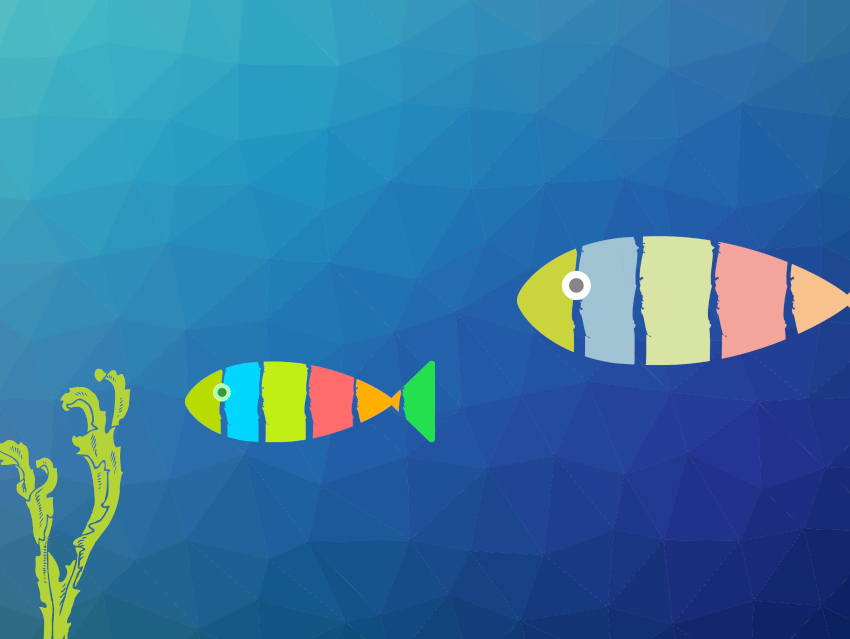The use of nanomaterials in consumer products is increasingly common, but not necessarily unproblematic. To assess the environmental impact of nanomaterials and regulate them accordingly, it is not enough to look at the toxicity of related materials. Nanoparticles generally have different properties than the corresponding materials in bulk or solution and could, e.g., accumulate in certain living tissues or along a food chain. They can also interact with biological systems, possibly causing physical or chemical transformations and influencing their uptake and distribution in organisms.
Fazel Abdolahpur Monikh, Leiden University, The Netherlands, and University of Eastern Finland, Joensuu, and colleagues have traced nanomaterials across an aquatic food chain, from microorganisms to fish—a major source of food in many countries. The team monitored the number and size distribution of gold nanoparticles in a food chain consisting of microalgae, daphnids (commonly called water fleas), and fish. First, they exposed the microalga Pseudokirchinella subcapitata to gold nanoparticles of different sizes and shapes. Unbound nanoparticles were then washed off and the remaining amount was measured for each type of nanomaterial. Then, the algae were fed to daphnids, and the daphnids were fed to zebrafish, and the mass and size distributions of the nanoparticles were measured along the way.
The team found that nanomaterials bind strongly to microalgae, which are a source of food for other organisms, and thus, enter the food chain. Only a small fraction of the nanoparticles were found to accumulate in daphnids. However, the water fleas made the size distribution of the nanoparticles narrower through dissolution and re-precipitation. Only a small fraction of the particles then transferred from daphnids to fish. The team observed no further transformation of the nanoparticles in the fish, but the particles accumulated in specific organs, particularly the brain and liver. The work shows that persistent nanomaterials such as gold nanoparticles have the potential to transfer to higher trophic levels via an aquatic food chain.
- Particle number-based trophic transfer of gold nanomaterials in an aquatic food chain,
Fazel Abdolahpur Monikh, Latifeh Chupani, Daniel Arenas-Lago, Zhiling Guo, Peng Zhang, Gopala Krishna Darbha, Eugenia Valsami-Jones, Iseult Lynch, Martina G. Vijver, Peter M. van Bodegom, Willie J.G.M. Peijnenburg,
Nat. Commun. 2021.
https://doi.org/10.1038/s41467-021-21164-w

![Synthesis of [c2]Daisy Chains via Mechanochemistry](https://www.chemistryviews.org/wp-content/uploads/2025/04/202504_RotaxanesWithSolidStateMechanochemistry-125x94.png)


